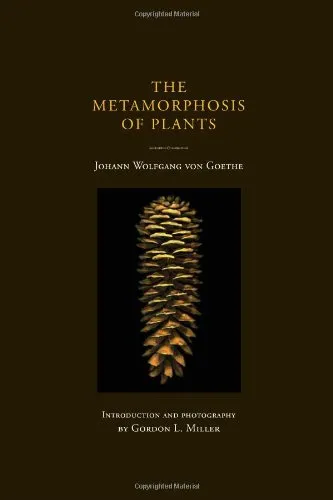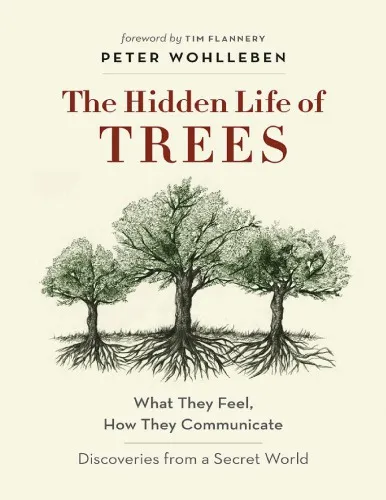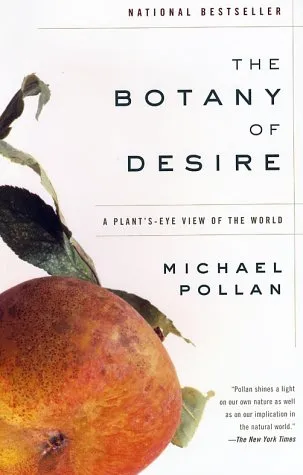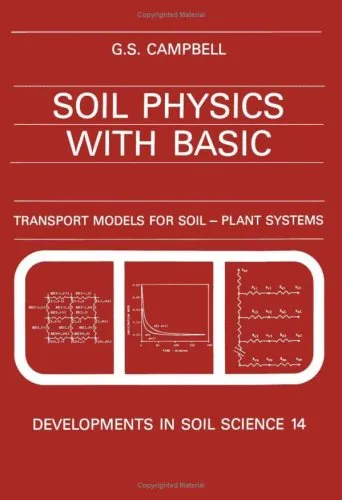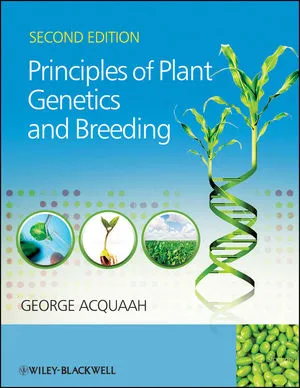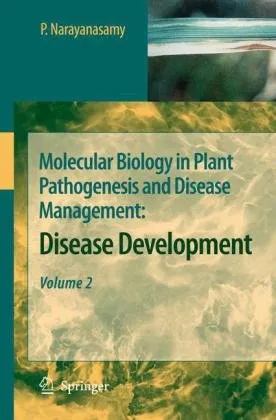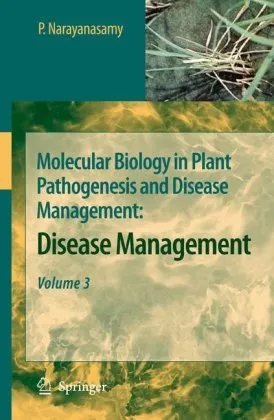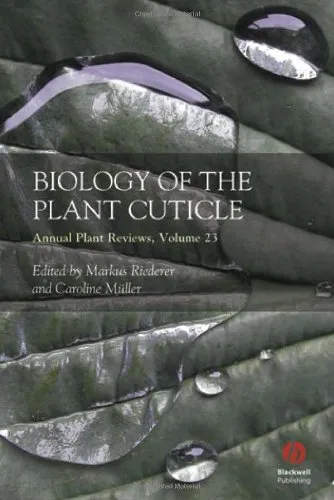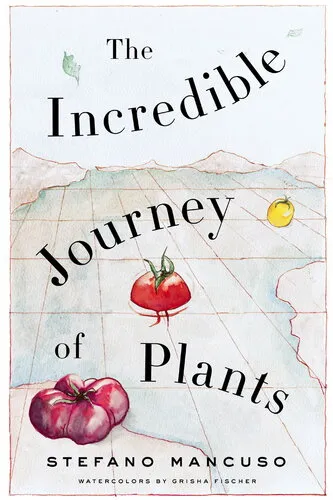The metamorphosis of plants
4.0
Reviews from our users

You Can Ask your questions from this book's AI after Login
Each download or ask from book AI costs 2 points. To earn more free points, please visit the Points Guide Page and complete some valuable actions.Related Refrences:
Introduction to "The Metamorphosis of Plants"
Written by Johann Wolfgang von Goethe, "The Metamorphosis of Plants" explores the intricate and fascinating world of botanical transformation. Originally published in 1790, this seminal work is a cornerstone in the study of plant morphology and heralds Goethe's pioneering approach to scientific inquiry, merging observational science with philosophical and poetic insight.
Goethe’s exploration into the life cycle of plants goes beyond mere categorization; it delves deep into the unifying principles governing plant development. This book offers an insightful look into the dynamic processes of growth, expansion, and transformation in the plant kingdom, aiming to uncover the fundamental laws of botanical forms. Goethe's revolutionary perspective emphasizes the interconnectedness of life and the continuous metamorphosis shaping every plant species.
Detailed Summary of the Book
The main thrust of "The Metamorphosis of Plants" lies in its exploration of how a single archetypal form - the primal plant or 'Urpflanze' as Goethe termed it - manifests in varying adaptations and transformations across different plant species. Through careful observation of the growth stages of plants, Goethe outlines a series of morphological phases: from the seed to cotyledons, to leaves, then to sepals, petals, stamens, and finally pistils.
Goethe proposes that each plant part is a variation of the same basic form, transformed to fulfill different biological roles. He suggests that flowers, for instance, are evolved forms of leaves adapted specifically for reproduction. The treatise is more than just a scientific paper; it is Goethe's philosophical exposition on unity in nature, showing a profound appreciation for the harmony and order that pervade the botanical world.
Key Takeaways
- Plants change continuously, cycling through various morphological forms.
- Every part of a plant is essentially an alteration of a fundamental form to serve distinct purposes.
- Understanding plant morphology requires observing and contemplating the dynamic interrelations of its parts throughout its lifecycle.
- Goethe's approach bridges the gap between art and science, offering a holistic view of botanical phenomena.
Famous Quotes from the Book
"He, who knows how to observe, finds universal laws in the most minute details."
"The primal plant will be the strangest creature in the world, which Nature herself will envy me."
"The human mind can only apprehend truth when complementary opposites are united."
Why This Book Matters
Goethe's "The Metamorphosis of Plants" is not just a botanical study; it is a philosophical treatise that offers a paradigm shift in scientific thought. It challenges the reductionist approach of its time, emphasizing a holistic perspective that has influenced both science and the humanities. Goethe’s insights laid foundational ideas for future disciplines, including evolutionary biology and ecology.
The book represents a profound understanding that the observable changes in nature are interconnected and governed by underlying universal laws. This notion has inspired countless researchers and continues to resonate in contemporary discussions about sustainability and the intricate balance of ecosystems. "The Metamorphosis of Plants" is crucial reading for anyone interested in the intersection of science, philosophy, and the natural world.
Free Direct Download
You Can Download this book after Login
Accessing books through legal platforms and public libraries not only supports the rights of authors and publishers but also contributes to the sustainability of reading culture. Before downloading, please take a moment to consider these options.
Find this book on other platforms:
WorldCat helps you find books in libraries worldwide.
See ratings, reviews, and discussions on Goodreads.
Find and buy rare or used books on AbeBooks.
1668
بازدید4.0
امتیاز0
نظر98%
رضایتReviews:
4.0
Based on 0 users review
Questions & Answers
Ask questions about this book or help others by answering
No questions yet. Be the first to ask!
